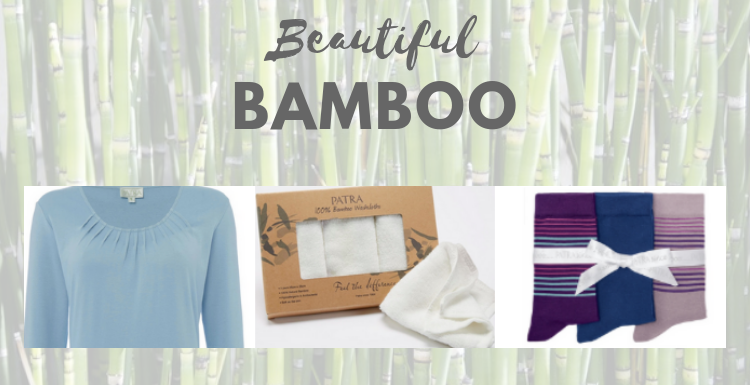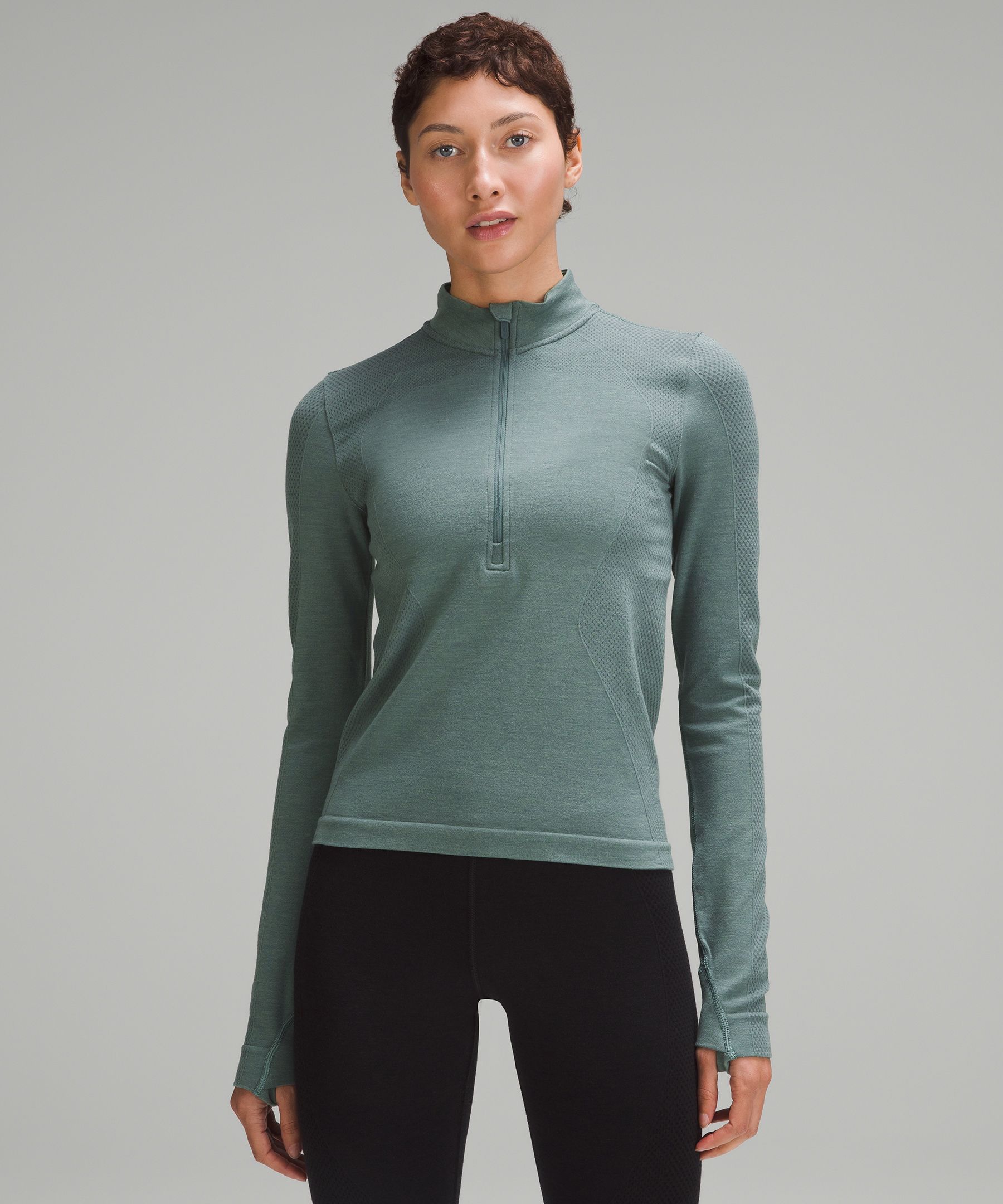New Merino Wool Base Layers Website
Wiki Article
What Makes The Base Layers Made Of Yak Merino A Good Choice To Wear During Winter?
Base layers made of yak merino are excellent for winter sportswear because of the mix of benefits and qualities obtained from merino as well as wool. The hollow fibers of the yarn trap air, resulting in excellent insulation. This fabric, when combined with Merino Wool which is an excellent insulator, offers an exceptional warmth that helps keep your body warm during cold temperatures.
Merino Wool has Moisture-wicking Properties. This means it can absorb moisture from the skin and release it into the air. It keeps the wearer dry. Yak wool is a great complement to this, having the ability to wick moisture. This blend regulates the body's temperature by keeping moisture off your skin when you are doing vigorous physical exercise in cold weather.
Merino wool's softness as well as its comfort is well-known. The silky fibers and softness of the wool make it less prone to causing irritation. When mixed with yak wool with soft and silky fibers, the fabric will feel soft against your skin.
Odor Resistance- Both merino wool and yak wool contain natural antimicrobial properties that in preventing the growth of bacteria that cause odor. This feature keeps your garments more fresh and lasting longer when you wear long periods of time.
Durability: Yak wool has a natural durable. When it is combined with merino fibers, it can be utilized in outdoor sports as well as other activities.
Temperature Regulation Temperature Regulation: Yak Merino Wool Base Layers are breathable, and they have insulating properties that regulate the body's temperature. This keeps the wearer warm during cold conditions, while still keeping them warm.
Merino Wool and Yak wool are renewable, biodegradable fibers which makes them eco-friendly choices for winter sportswear.
This combination of characteristics make yak merino wool base layers highly effective for winter sports apparel, giving warmth, comfort, the ability to manage moisture, and endurance for outdoor activities in cold climates. Take a look at the best merino wool base layer for more tips including smartwool 250 base layer bottoms, smartwool long sleeve shirt, smartwool base layer mens, best base layer for skiing women's, wool underlayer, smartwool 150 base layer, smartwool 1 4 zip womens, womens icebreaker base layer, merino wool base layer clearance, snow base layers and more.
What Are The Advantages Of Bamboo Clothing When It Comes To Thermal Regulation? Uv Protection. Biodegradability. Environmental Impact.
Thermal RegulationBamboo clothing comes with many benefits, including UV protection, biodegradability and environmental impact.
Insulation: Bamboo fabric is a natural material with natural thermal properties that provide warmth in cold temperatures. It aids in regulating body temperature by holding the heat during cooler temperatures and allows ventilation to avoid overheating during physical activity.
UV Protection
UV Resistance- The bamboo fabric gives natural protection against harmful UV rays. It blocks a large portion of ultraviolet radiations from the sun. This provides an extra layer of protection when wearing it outdoors.
Biodegradability-
The bamboo clothes are biodegradable, which means it will break into pieces naturally at the end of its life cycle without leaving harmful residues or contributing to the environmental degradation. This helps reduce the amount of clothing that is thrown away and also its impact on the environment.
Environmental Impact-
Sustainability: As a primary material, bamboo is extremely sustainable. It is a fast-growing tree that doesn't require pesticides and chemical fertilizers. The rapid growth rate of this plant makes it an energy source.
Low Water Usage- Bamboo uses less water than other crops such as cotton, which makes it more water-efficient. This helps conserve water and helps reduce the strain on resources.
Soil Conservation
Soil Health: The cultivation of bamboo doesn't usually deplete soil nutrients or require a lot of irrigation. It helps improve the health conditions in the soil and decreases the use of harmful methods for agriculture.
Carbon Sequestration
Bamboo's carbon absorption capacity is high. Bamboo plants are able to absorb more CO2 than other plant species and release more oxygen into the air. This ability helps to fight climate change through cutting carbon emissions.
The benefits of bamboo clothing are its thermal control as well as UV protection, and biodegradability. It is an excellent option for those seeking sustainable clothes. These qualities are aligned with sustainable practices that benefit the wearer as well as for the environment. Check out the best bamboo clothings for more examples including bamboo maternity wear, mens bamboo boxer shorts, bamboo sweatpants, bamboo button down shirts, bamboo yoga trousers, bamboo jeans ross, bamboo apparel, bamboo tee shirts women, bamboo clothing sustainable, bamboo pants for women and more.

What Is The Difference Between Wool And Merino Clothing?
Comparing merino wool with traditional wool and bamboo clothes in terms texture, warmth and moisture absorption. texture.
Merino Wool- Merino wool is known for its softness and fine fibres. It offers a smoother and less scratchy texture when compared to wool that is traditional. It is considered to be more relaxing.
Bamboo ClothingBamboo clothing is soft and smooth and is often compared to luxury materials like silk or cashmere. The fabric is soft, allowing for a comfortable fit.
Traditional Wool- The feel may vary. Some types of wool might feel coarser or cause itching or irritation compared with bamboo clothing and merino.
Warmth-
MerinoThe Merino Merino is a warm and comfortable material due to its insulation properties. It keeps heat even when damp and provides effective insulation during colder weather.
Bamboo Clothing can be warm, but it might not offer the same insulation as Merino wool. It is a good temperature regulator, which makes it comfortable in all conditions.
Wool, just like bamboo and merino clothing is an excellent insulation. It may be heavier than clothing made of bamboo, merino or other materials.
Moisture Absorption-
Merino Wool Merino Wool Merino Wool has exceptional moisture-wicking qualities, allowing moisture to escape from your skin to evaporate. It is warm when damp.
Bamboo clothing - Bamboo fabrics can help wick away moisture and provide comfort during physical activity. It is a good moisture regulator, which keeps the skin dry.
Wool - Traditional wool is an organic fiber that is able to hold moisture, but does not have moisture-wicking qualities as bamboo or merino. Certain kinds of wool might be heavy and spongy when it is wet.
Summary Merino Wool is renowned for its soft, warm, and having excellent characteristics for wicking moisture. Bamboo clothing provides a silky and smooth texture, adequate warmth, and great moisture regulation. Traditional wool can vary in texture and can give warmth and absorption of moisture but might appear coarser or heavier compared to bamboo or merino clothes. Each fabric has distinct features that are crafted to fit different needs and tastes. View the most popular merino winter clothings for site info including merino wool thermals women's, merino base layer, wool base layer mens, patagonia merino wool base layer, merino wool base layer clearance, ski layers womens, wool long johns women's, ski underlayers, best layers for skiing, merino thermals and more.

